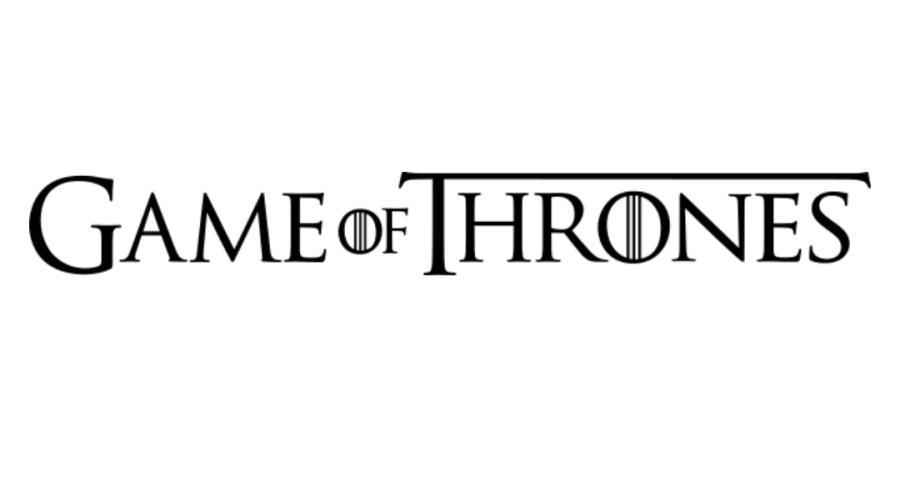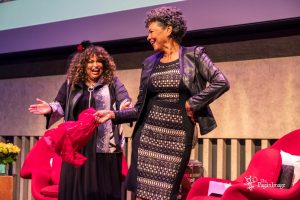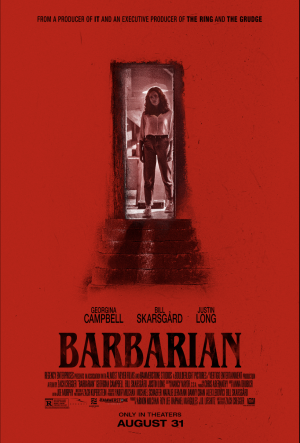‘House of the Dragon’: Fire and Much More Blood
Awkward sex scenes and unnecessary violence mark the return of ‘Game of Thrones’
October 5, 2022
“House of the Dragon” is HBO’s first attempt at “Game of Thrones” (GOT)-related content since the universally hated 2019 finale had fans swearing off the franchise for good. However, as the new show racks in 29 million viewers every Sunday, they’re clearly doing something right to drag fans back into this twisted fantasy world.
“House of the Dragon” follows the events leading up to the Targaryen Civil War, around 172 years before the rise of Daenerys Targaryen.
We see Rhaenyra Targaryen (Milly Alcock) become heir to the Iron Throne after her father King Viserys (Paddy Considine) cannot produce a male successor. This plot point promotes the central misogyny-filled conflict of the show, as tensions build throughout the kingdom when a woman becomes the descendant.
Aesthetically, the show is spectacular. Amazing cinematography paired with great visual effects helps fully immerse the viewer into this world. The production design and wardrobe are as meticulously crafted as one would hope, with every color of fabric and pattern holding a deep meaning to a character’s personal story arc. The fantastic score by “GOT” alum Ramin Djawadi engrosses the audience even further while simultaneously giving me a new study playlist . Ignoring the occasionally questionable wig, the show truly is a feast for the eye in every way.
What really makes the show appealing, beside the 11 or so dragons obviously, is the stellar performances from the entire cast — primarily those of Alcock as Rhaenyra Targaryen and Matt Smith as the controversial Daemon Targaryen.
As the main dynamic of the show, these two carry the show on their backs. Alcock’s humane portrayal as heir to the Iron Throne makes you automatically root for and grow attached to the young Targaryen, while Smith’s performance is extremely layered and complex. You hate this man yet subsequently cheer him and his pettiness on.
Many of the storylines are either over- or under-baked — few lead to completely satisfying resolution.
Considine also delivers a perfect approach as the clueless, ever-annoyed and dying King Viserys. He pairs well with Emily Carey as Alicent Hightower, his daughter’s former best friend turned wife, which is surprisingly one of the tamer plot points of the show. With her complexity as a character torn between her friendship with Rhaenyra and duty to the her son Aegon, who’s now a possible competitor for heir to the throne, the audience sympathizes with Alicent yet can’t seem to trust her fully. Though we will be losing Carey and Ålcock as the season reaches the time jump, these performances are enough to draw anyone to the show.
Though the show is an exciting new addition to the “GOT” universe that offers a new story independent from the franchise, it is not free from its own share of controversies that often plague this universe. The male showrunners and writers continuously pat themselves on the back for the sexist themes they would tackle in this “fictional” universe, including the violence and hardships women faced in this “fictional” setting.
This criticism gained even more traction when, in the first episode, we witnessed the death of Aemma Targaryen (wife to Viserys and mother to Rhaenyra) due to an extremely graphic medieval cesarean section. Many, myself included, questioned the necessity of showing this, especially in such a horrific way. The showrunners, however, adamantly defended this choice, citing the necessity to highlight the patriarchal views that haunt this timeframe, with writer and creator George R.R. Martin adding “That scene is…you don’t want to use the word ‘enjoyable’ for a scene like that, but it’s incredibly powerful.” Still, the scene has garnered valid criticism of the show’s storylines and the fact they are often written by men.
In addition to some of its story troubles, the show also suffers from general pacing problems. Multiple episodes framed around the issue of marrying Rhaenyra off while underdeveloping the torn relationship between her and her friend Alicent Hightower.
There is a spectacular battle scene in the third episode, led by Smith’s strong performance as Daemon where, throughout the entire episode, he doesn’t utter a single word. This battle served as the climax to multiple episodes of conflict over an area called the Stepstones, as well as a momentous victory in Daemon’s character arc, yet it all felt half-baked. Many of the storylines are either over- or under-baked — few lead to completely satisfying resolution.
Despite some pacing issues and questionable use of violence, “House of the Dragon” is more rewarding than not, reminding the viewers of all they loved about “GOT” while also offering something entirely new to those who weren’t fans before.
As we’re halfway into the season now, with a time jump introducing us to new actors like Emma D’Arcy as an older Rhaenyra and Olivia Cooke as Alicent, it’s the perfect time to dedicate your Sundays to the insanity that is House Targaryen.















